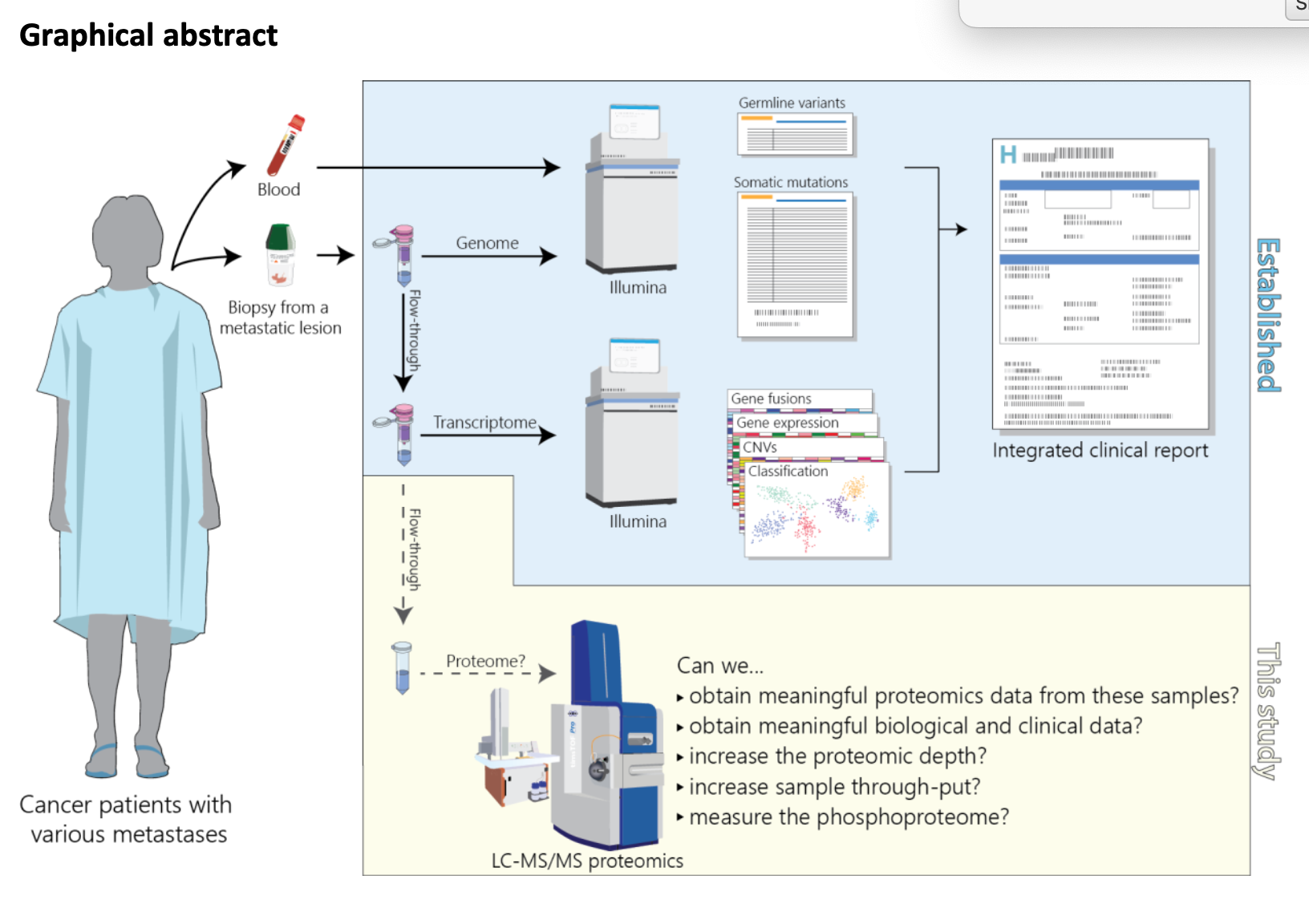Yesterday in Nature Life Technologies and Ion Torrent published the genome of Gordon Moore of “Moore’s law†fame, plus 3 bacterial genomes. I’d like to know how much Gordon thought about DNA sequencing before his law was quoted in almost every next-gen presentation over the last four or five years? Let alone what went through his head when approached by Ion and LifeTech! The Moore genome required about 1000 Ion chips or a bilion detector wells. In the supplementary information for the paper Ion sugest a route to a 1B well chip (see later on in this post) which would be pretty awsome.
Over at Genetic Future there is a nice commentary of the Human Genome results. Daniel MacArthur states pretty categorically that this is nowhere near a cost effective way to sequences humans “yetâ€. I posted on SEQanswers in February that Ion could get to HiSeq output by 2013 after reading an interview with Jonathan Rothberg, inwhich he said to expect a 10-fold improvement from Ion every six months. It looks like they have achieved so far, but will they keep this up to get to 100Gb by the middle of 2013?
Dan also makes a very strong argument against the papers claims on quality and validation with SOLiD. Dan’s comments on the low coverage are very persuasive. I’d excuse Life Tech and Ion for the 10x Moore genome, but there can be little excuse for Life Tech on a 15x SOLiD genome. They could have very easily brought this closer to the standard of 30-50x coverage. I hope it is obvious to everyone reading the paper that Ion and SOLiD come from the same company and that there is likely a vested interest in saying how great both technologies are.
Dan thought Life Technologies may have made a mistake putting the Human genome into the paper. I really hope that without it this work would not have made it into Nature! A genome today even on a new sequencing technology just does not feel like it should pass the bar of entry to Nature. It’s a tough club to get in to!
Nature News makes a lot of the fact that a bacterial genome can be sequenced in two hours. They seem to ignore library prep entirely and even with the new automated ePCR this is probabaly a days work at least. Illumina’s purchase of Epicentre gives tehm the Nextera technology and it really is possible to sequence a genome in an eight hour day. If you can get one delivered of course.
One of the interesting things to me was too look at what developments we might deduce in terms of throughput. In the paper the authors state read lengths of over 200bp and that only 20-40% of detector wells generate mappable reads. Moving past 100bp reads and increasing %mappable reads to closer to 100 will make a massive difference to the ultimate output. However I do not know enough about the technical challenges Life may face here. This is almost certainly the kind of development that will get Ion Torrent the further $350 from Life.
In the supplementary figures for the Nature paper Ion demonstrate 1.3um wells on a 1.68 pitch array allowing up to 165M detector wells. They say that this could increase to 1B but it sounds like a tough step to take. At 1B wells and 30bp then Ion is giving us the same yield as a v3 HiSeq flowcell today. How long it might take to get there is another matter. There are 20 supplemental figures. Number 8 shows the instrument and points out the major features, one of which is the accompanying iPod and it’s dock!
It is going to be an interesting to see how Ion respond to Roche’s entry into semi-conductor sequencing. If one of them gets a system that can actually scale according to Moore’s law then Illumina will need to squeeze more out of SBS or possibly Oxford nanopore?
Like this:
Like Loading...
Related








Leave A Comment